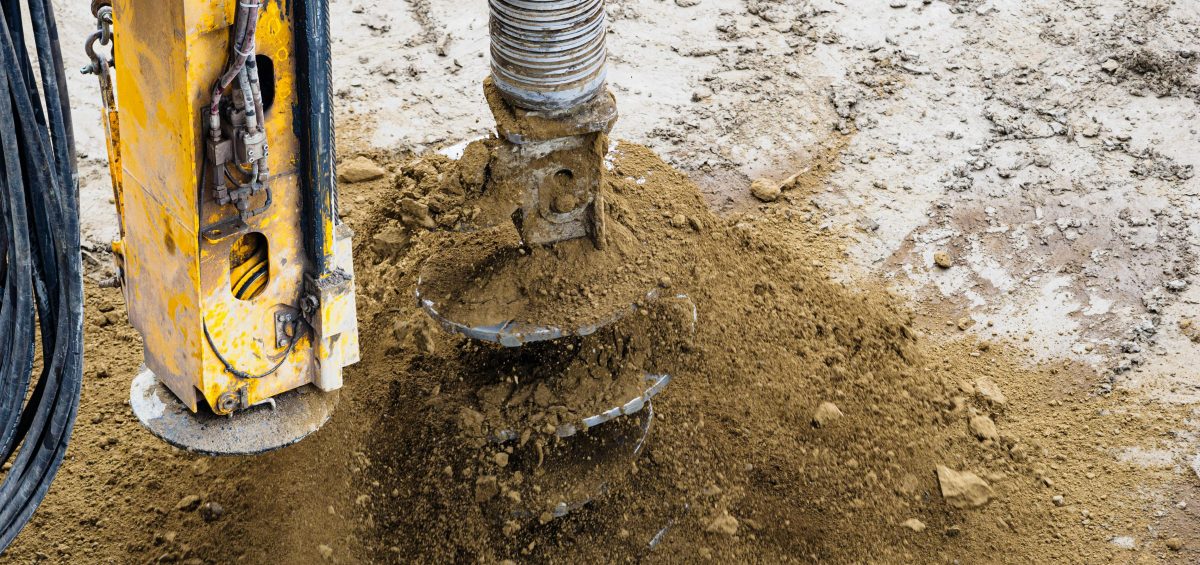Ground source heating solutions are becoming an increasingly popular solution in a range of different contexts. Whether in domestic or industrial applications, users stand to benefit from incredible efficiency, resulting in both cost savings and a decreased environmental impact.
That being said, relatively few people actually understand how ground source drilling processes work. From initial site assessments to the installation of ground loops, here’s what you can expect from start to finish.
Initial site assessment
Before the actual drilling of these boreholes can commence, a site survey will need to be carried out. This is necessary to evaluate certain key geological conditions, to determine the kind of borehole that will need to be drilled.
Based on this survey, you will then know how deep the borehole needs to be, the thermal conductivity of the ground you’re drilling into, and potential obstacles that will need to be dealt with. It’s critical to have this assessment carried out by an expert service, so that you do not waste money on an ineffective borehole.
Choosing a borehole specialist
Next, you need to identify an appropriate ground source drilling expert. Look at solution providers such as Teckna Group, that have experience in drilling these kinds of boreholes in particular.
While more general service providers will likely be able to get the job done, industry-relevant experience can be a massive bonus. Make sure that you target your search based on the findings of your initial site survey, identifying a provider that’s capable of fulfilling all of your borehole needs.
Drilling
Once you’ve determined your borehole needs and found the right drilling service provider, you’re ready for the drilling stage. They may drill a pilot hole first to test ground conditions, however, this may have already been completed during your initial surveys.
If using a vertical method, the provider will use specialist drilling equipment to drill to depths of up to 200m, depending on the nature of the site in question and your heating or cooling demands.
Additional temporary infrastructure, such as pathways, may also need to be used to minimise the impact the drilling has on the surrounding environment.
Installation
Once the borehole has been drilled, all that’s left is to install the ground loop. This is essentially a big pipe that can be used to pump a heat transfer fluid up and down, to release and absorb thermal energy.
The pipe won’t function properly if just left loose in the hole. As a result, the space around the pipe will need to be filled with some kind of grouting material, both to secure it in place and ensure maximally efficient heat transfer.
Hopefully, this will have cleared up some uncertainties about how the ground source drilling process works. If done well, it can be an incredibly efficient way of meeting your heating (and cooling) needs. By conducting the right surveys and getting an appropriate drilling partner, you should be able to achieve this all with relative ease.

